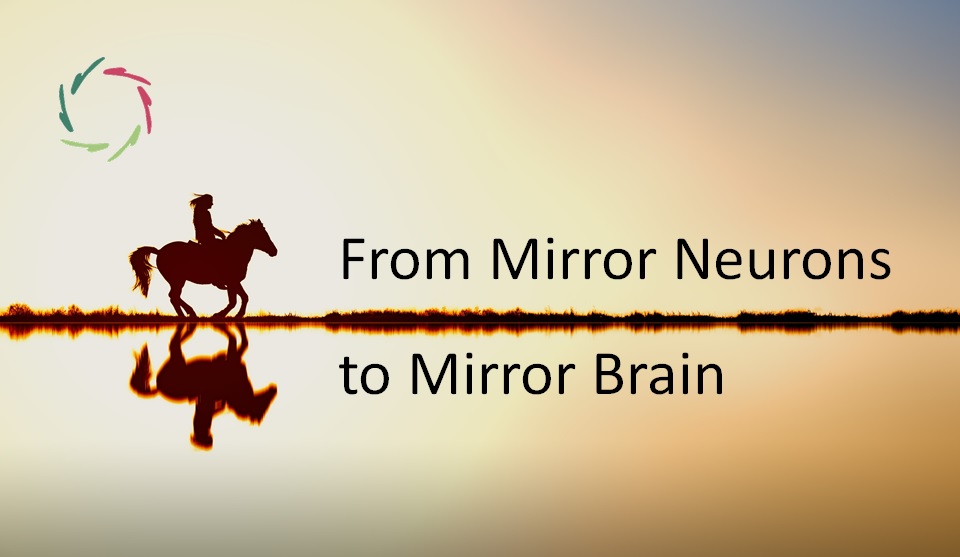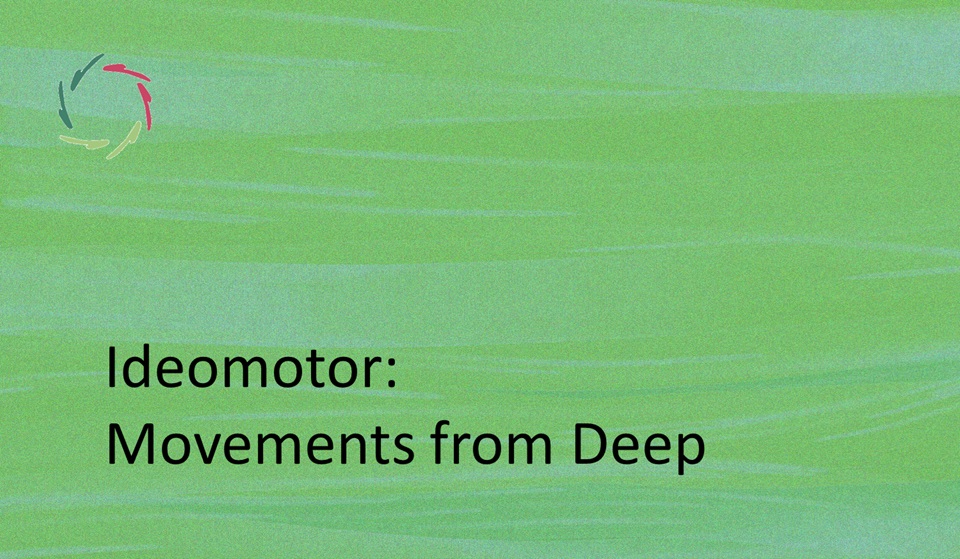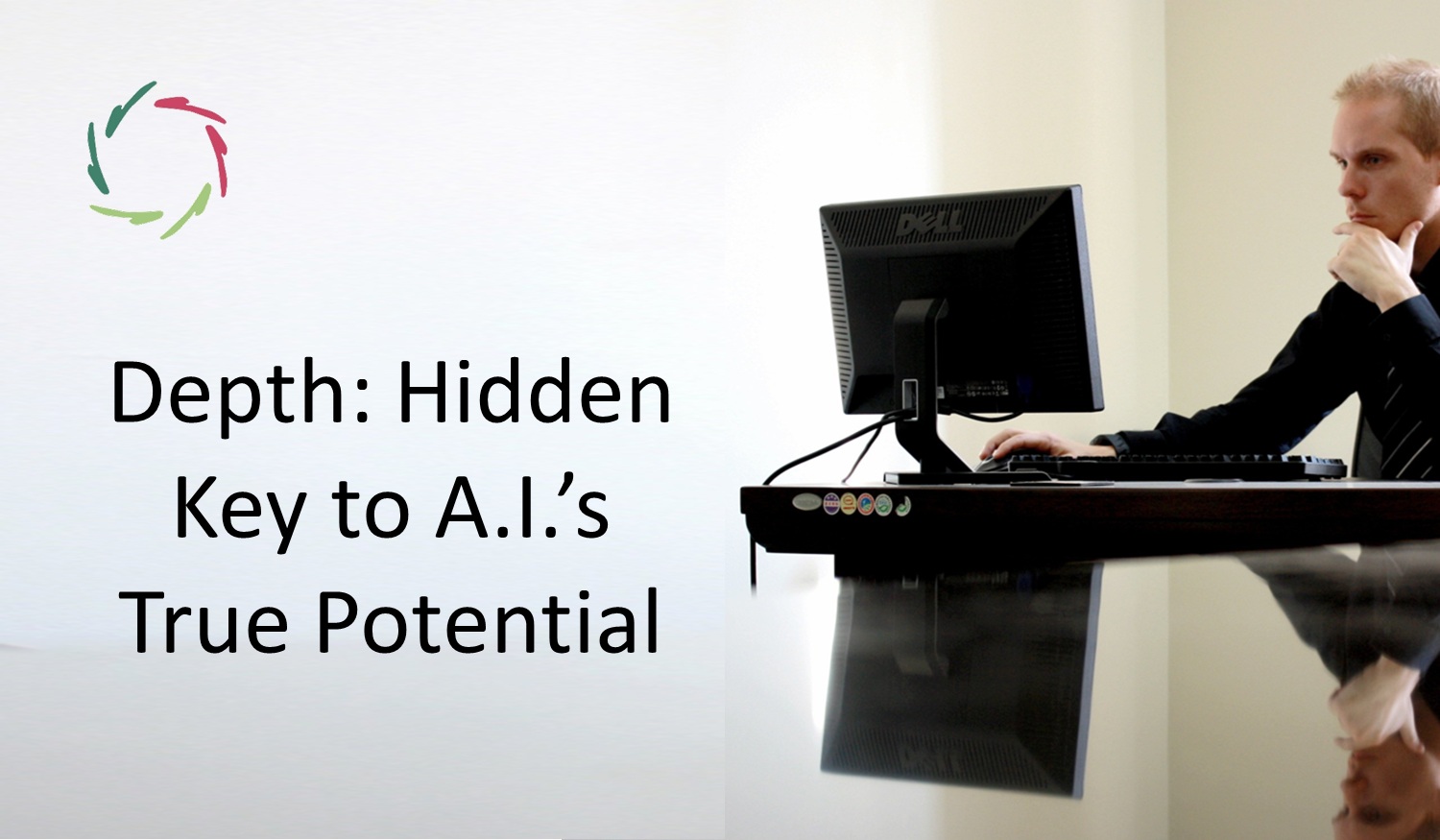From Mirror Neurons to Mirror Brain

Seeing the brain as a ‘mirror brain,’ we can see how empathy plays a crucial role in many things mind-related. Empathy is not an add-on. The human thinking is basically empathic.
This is an excerpt from [see: “The Journey Towards Compassionate AI.”].
(This blog text is no easy reading.)
Some researchers see mirror neurons as central to empathy
[see: “Landscape of Empathy“]
Supposedly, these neurons specifically function through automatic simulation or inner imitation of facial expressions of other people without requiring deliberate recognition of these expressions. According to this theory, simultaneous triggering of emotional centers in the limbic system through the same ‘mirror neurons’ allows the person to feel emotions associated with the observed facial expressions. [1].
However, other research has shown that this is probably incorrect. There is a lot of controversy. For instance, the “keystone is a class of cells found in the motor cortex of pigtail macaque monkeys, animals that can’t talk, don’t appreciate music, and, frankly, aren’t all that nice to each other.” [2].
Most of the cerebral cortex can be seen as the seat of ‘empathy neurons’
especially in view of integrated information (from different parts of the mind/brain).
Neurons seem to ‘mirror’ simply because the same patterns are active when thinking about something and seeing the same thing in reality. [see: “Patterns in Neurophysiology“] Agreed: this happens with stronger firing rates of neurons for actions of the self than for actions of others. This shows the embodiment of both independence (the difference in firing rates) and interdependence (the similarity, overlap of mental/neurological patterns) between self and other.
In other words, seeing a complex situation or the enfolding of such situation – contrary to just looking – is itself a kind of thinking, just as ‘thinking about seeing something’ is itself a kind of seeing.
This can be tracked within the brain, as is done by clever experimentation. In this, a small part of a movie was shown to subjects in an fMRI scanner. Gradually, at different takes of the study, more prolonged parts were shown. With only a few seconds of the movie, only the first visual stages within the back of the brain were active. With more prolonged footage, more frontal parts became active together with the former ones. When asked to visualize, all stages within the brain became active [3].
Thus, consciously seeing is itself also a kind of consciousness.
Integrated information processing is truly integrated. When one sees, one thinks. When one thinks, one thinks. If the subject in both cases is the same, it’s logical that neuronally seen, the same patterns are involved. This is one kind of embodied cognition.
Another kind is motoric: we understand the meaning of action words by relating them to the very motor programs for performing the actions themselves. For example, when subjects in a study read or think about action words, they activate the primary motor cortex of their brain corresponding to the specific action-related regions [4].
This specific brain research is also additional proof that thinking is the same as ‘brain processing’ and not something ephemeral happening in another dimension. Why otherwise would the brain need specific brain regions for specific thought processes? Dear Descartes, the ball is in your court.
Does this reduce empathy to merely some integrated information processing?
Perhaps, but what kind of processing!
I see in this no reducing away of the mental to merely physical activity. Neither the reducing away of this specific physical activity to merely the mental.
In any case, I rather see this all together as a pleasant characteristic that nature has imbued to our thinking. The overlap between private thinking and experiencing/influencing that happens in the environment naturally makes one prone towards empathy, and further on to Compassion. This is a crucial insight that we can take with us on our journey towards developing Compassionate A.I.
Mirroring indeed may serve the goal of making us more Compassionate.
See, for instance, how a mother is disposed to answer to her child’s needs. Mirroring the infant’s internal states lets her achieve an affective attunement.
More generally, imitative behavior serves to be more empathic and to be recognized as such. The more so if it is not a contrived, consciously imitated kind of mirroring as is promoted, for instance, in NLP (neurolinguistic processing), but a genuine kind. That is, it should come from deep inside (so important in so many ways), where one’s neuronal patterns can overlap with those of other people.
If this is accomplished, and only when this is accomplished, then it enables us to feel what other people feel and to respond Compassionately to their emotional states. There is then a danger of emotional contagion only if one has not learned to manage this.
In short, nature did not have to develop a specific class of mirror neurons for this.
Probably most cerebral neurons have this natural propensity. Eventually, we have a ‘mirror brain.’ Not some mirror neurons are the explanation for empathy.
We are.
References
[1] Marco Iacoboni. Mirroring People: The New Science of How We Connect with Others – Farrar, Straus and Giroux, 2009
[2] Gregory Hickok. The Myth of Mirror Neurons: The Real Neuroscience of Communication and Cognition – W. W. Norton & Company, 2014
[3] Christof Koch. Consciousness Confessions of a Romantic Reductionist – The MIT Press, 2012
[4] Hauk, Johnsrude, Pulvermuller. Somatotopic representation of action words, 2004


